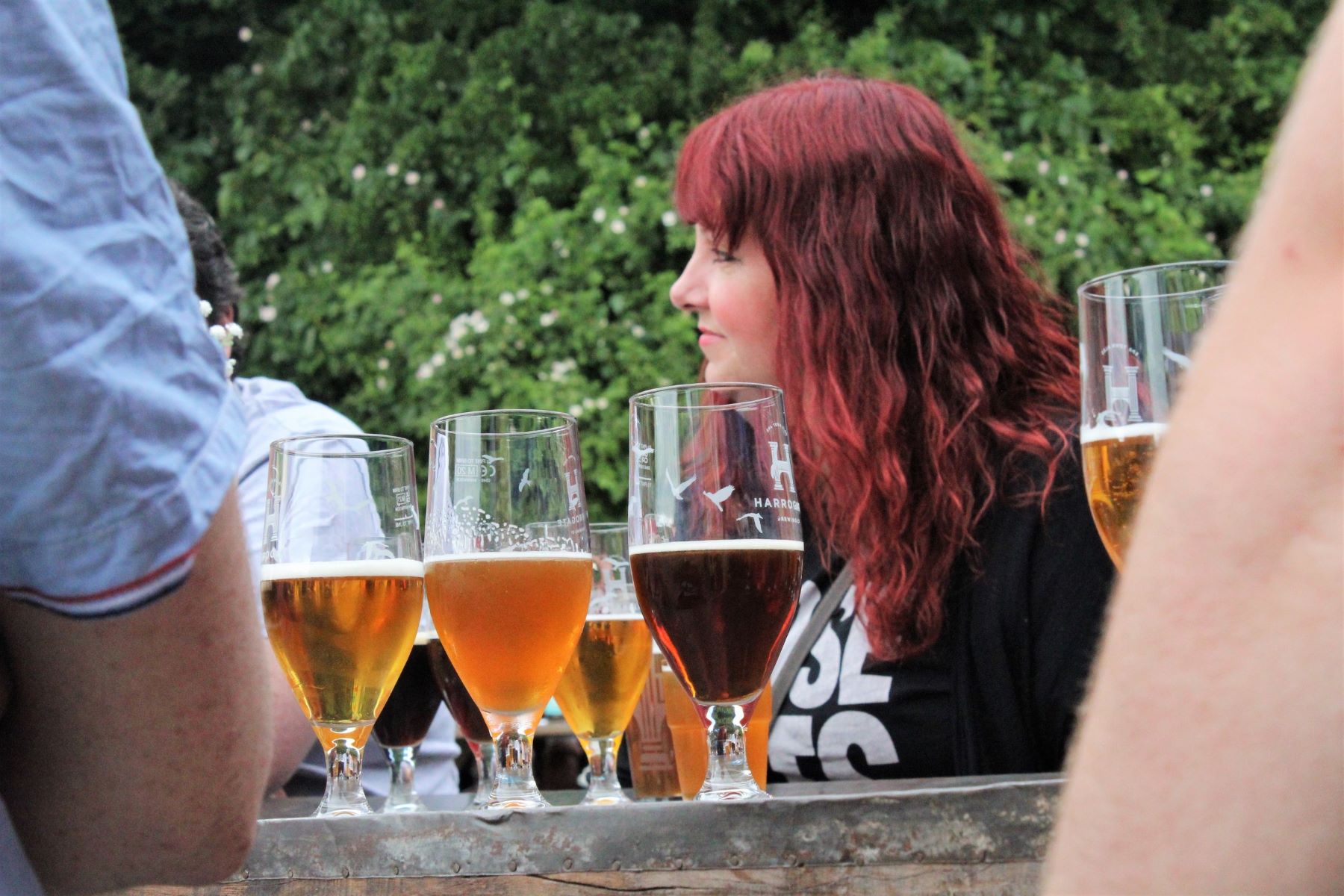
Sexist beer ads have a long, controversial history. These advertisements often portray women in stereotypical, demeaning roles, reducing them to mere objects of desire. Why do these ads persist? Money and attention. Companies believe that using sexist imagery will grab eyeballs and boost sales. But at what cost? Such ads perpetuate harmful stereotypes and contribute to a culture of inequality. Understanding the impact of these ads is crucial for fostering a more inclusive society. In this post, we'll explore 35 shocking facts about sexist beer ads, shedding light on their pervasive influence and why it's time for a change. Buckle up; it's going to be an eye-opener!
Key Takeaways:
- Sexist beer ads have a long history, perpetuating harmful stereotypes. They impact society by reinforcing gender roles and objectifying women, but efforts to combat sexism are gaining momentum.
- Social media plays a crucial role in challenging sexist beer ads. Consumers can voice their opinions, hold companies accountable, and push for more inclusive and respectful advertising.
The History of Sexist Beer Ads
Sexist beer ads have a long history, often reflecting and perpetuating gender stereotypes. These ads have evolved over time, but many still rely on outdated and offensive portrayals of women.
- The first beer ads appeared in the late 1800s, often featuring women in domestic roles.
- During the 1950s, beer ads began to portray women as objects of male desire.
- In the 1970s, the "sex sells" approach became more blatant, with ads featuring scantily clad women.
- Some of the most infamous sexist beer ads were produced in the 1980s, a decade known for its over-the-top marketing.
- Despite growing awareness, sexist beer ads continue to appear in modern times.
Common Themes in Sexist Beer Ads
Sexist beer ads often rely on a few recurring themes. These themes reinforce harmful stereotypes and contribute to a culture of sexism.
- Women are frequently depicted as objects of male desire.
- Men are often shown as dominant and in control.
- Ads often suggest that drinking beer will make men more attractive to women.
- Women are sometimes portrayed as nagging or annoying, while men are shown as carefree and fun-loving.
- Some ads imply that women who drink beer are less feminine or less desirable.
Impact on Society
Sexist beer ads have a significant impact on society, influencing attitudes and behaviors. These ads can contribute to a culture of sexism and reinforce harmful stereotypes.
- Exposure to sexist ads can lead to increased acceptance of gender stereotypes.
- These ads can contribute to the objectification of women.
- They can also perpetuate harmful ideas about masculinity and femininity.
- Some studies suggest that sexist ads can influence young people's attitudes toward gender roles.
- The normalization of sexism in advertising can make it harder to challenge and change these attitudes.
Notable Examples of Sexist Beer Ads
Several beer ads have become infamous for their blatant sexism. These ads often spark controversy and backlash, but they also highlight the ongoing issue of sexism in advertising.
- The "Swedish Bikini Team" ads from the early 1990s are a notorious example of sexist beer advertising.
- Budweiser's "Wassup?" campaign, while popular, also faced criticism for its portrayal of women.
- Coors Light's "Love Train" ad featured women in bikinis serving beer to men.
- Miller Lite's "Catfight" ad showed two women fighting in a fountain, reinforcing harmful stereotypes.
- Heineken's "Sometimes Lighter is Better" ad was criticized for its racial and gender insensitivity.
Efforts to Combat Sexism in Beer Ads
There have been efforts to combat sexism in beer ads, with some companies taking steps to create more inclusive and respectful advertising.
- Some beer companies have pledged to avoid using sexist imagery in their ads.
- Organizations like the Beer Institute have created guidelines to promote responsible advertising.
- Social media campaigns have called out sexist ads and encouraged companies to do better.
- Some brands have created ads that challenge traditional gender roles and promote equality.
- Consumer backlash has led to the removal of some sexist ads from circulation.
The Role of Social Media
Social media has played a significant role in highlighting and challenging sexist beer ads. Platforms like Twitter and Instagram allow consumers to voice their opinions and hold companies accountable.
- Hashtags like #NotBuyingIt have been used to call out sexist ads.
- Viral campaigns can quickly spread awareness and generate pressure on companies to change.
- Social media allows for direct communication between consumers and brands.
- Influencers and activists use their platforms to raise awareness about sexism in advertising.
- Companies are increasingly aware of the potential for social media backlash and are more cautious with their ad content.
The Future of Beer Advertising
The future of beer advertising may be more inclusive and respectful, but there is still work to be done. Companies must continue to evolve and adapt to changing societal norms.
- Some brands are leading the way with progressive and inclusive ads.
- There is growing awareness of the need for diversity and representation in advertising.
- Consumers are more vocal about their expectations for respectful and inclusive ads.
- Industry guidelines and regulations are becoming stricter to prevent sexist advertising.
- The push for gender equality in advertising is part of a broader movement for social change.
The Impact of Sexist Beer Ads
Sexist beer ads have shaped perceptions and reinforced harmful stereotypes. These ads often depict women as objects, reducing their value to mere eye candy. This not only affects how women are viewed but also how they view themselves. Men, too, are impacted, as these ads promote unrealistic standards of masculinity.
Brands are starting to recognize the damage caused by such advertising. Many are shifting towards more inclusive and respectful campaigns. This change is crucial for fostering a culture of equality and respect.
Consumers play a vital role in this transformation. By supporting brands that promote positive messages and calling out those that don't, we can drive change. Let's push for advertising that respects everyone and reflects the diversity of our world. Together, we can make a difference.
Frequently Asked Questions
Was this page helpful?
Our commitment to delivering trustworthy and engaging content is at the heart of what we do. Each fact on our site is contributed by real users like you, bringing a wealth of diverse insights and information. To ensure the highest standards of accuracy and reliability, our dedicated editors meticulously review each submission. This process guarantees that the facts we share are not only fascinating but also credible. Trust in our commitment to quality and authenticity as you explore and learn with us.


